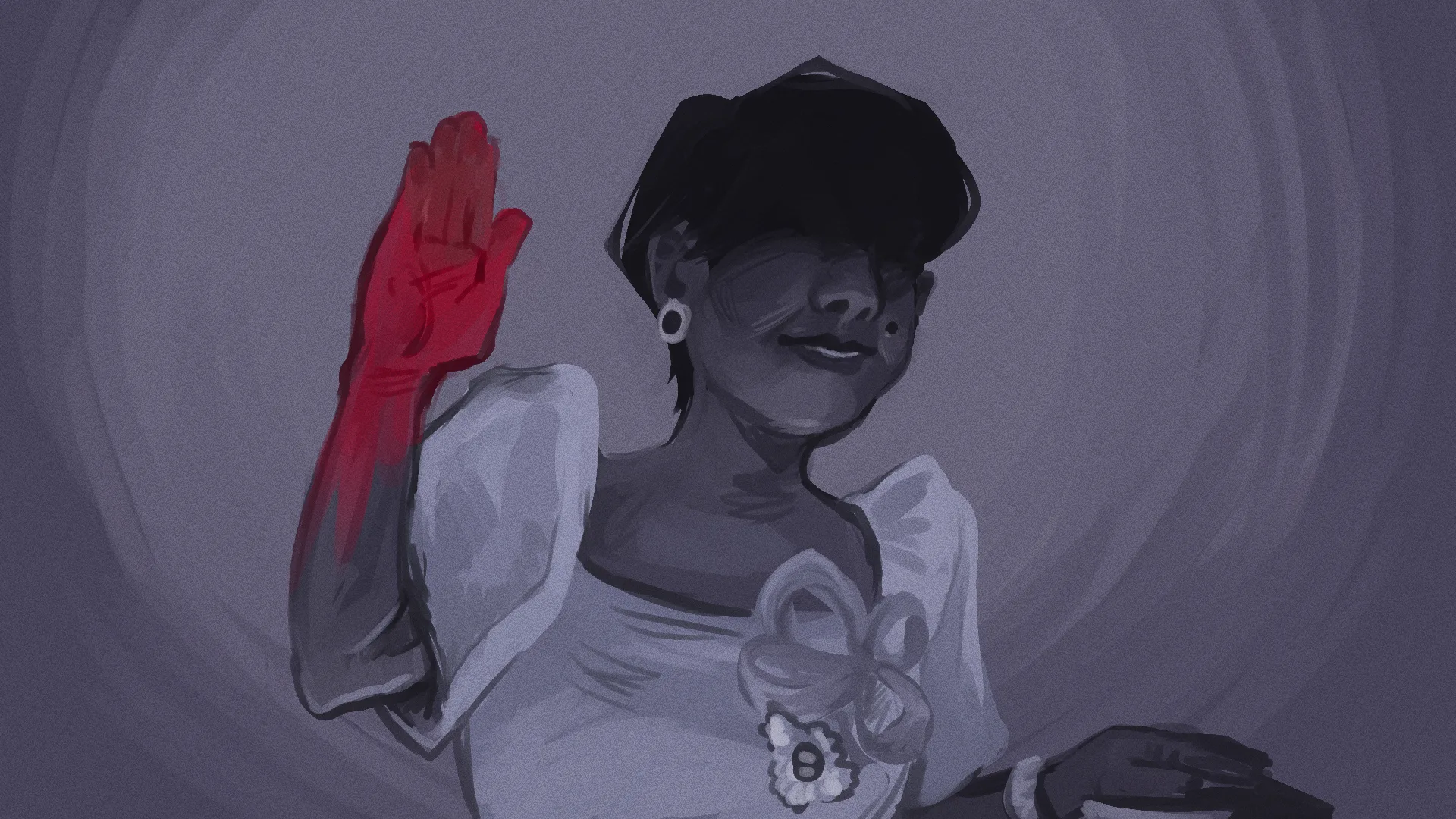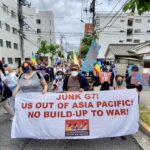Feb 20, 2023
Antonio J. Montalvan II
In 2001, when Gloria Macapagal Arroyo took office as president, hundreds of human rights activists, journalists, outspoken clergy, left-wing political party members, and members of critical NGOs have been killed or forcibly disappeared, yet only six cases have been prosecuted.
As early as the initial years of the Arroyo administration (total nine years in office), Human Rights Watch reported that the administration had not “sufficiently investigated numerous extrajudicial killings in which the military was implicated.” Take note that, in fact, no strong action was taken against what was by then known as the Davao Death Squad killings under Davao City’s Duterte dynasty.
Six years into the Arroyo term as president, the Asian Forum for Human Rights and Development had already foreseen the legacy of the Arroyo administration: extrajudicial killings and disappearances instead of the Philippines joining the ranks of rich countries in 20 years.
What was her response to the rising number of EJKs? It was to investigate 10 cases within a 10-week framework. Given the numbers that were growing, the Asian Human Rights Commission calculated it would have taken 14 years to resolve all the cases. The AHRC condemned her approach as lacking “the seriousness and the dignity that is required of a head of state attempting to resolve perhaps the greatest problem that the country is faced with.”
Her actions did not speak louder than her words. She delegated the investigations to groups that did not have the power to subpoena individuals. It was akin to merely responding ministerially to the reports of EJKs and forced disappearances.
As for journalists killed, “103 were killed during Arroyo’s nine years – the worst average annual death rate of any president,” said the National Union of Journalists of the Philippines. When she organized the Jose Melo Commission in August 2006 to probe the killings of media workers and activists since 2001, Arroyo initially fought to keep the report secret.
Under pressure from United Nations Special Rapporteur on Extrajudicial Executions Philip Alston – who Arroyo had allowed to conduct a 10-day visit to the Philippines – she released the report only on February 22, 2007. What did she hide? The Melo report said the victims were “all non-combatants, were not killed in armed clashes or engagements with the military,” and that there appeared to be “an orchestrated plan by a group or sector with an interest in eliminating the victims,” and who were “elements in the military.”
Alston, despite his official invitation from the Arroyo government, was criticized by Arroyo officials as a “muchacho of the UN,” “blind, mute, and deaf.” Alston’s report did not mince words and called a spade a spade: the Philippine military was responsible for many of the killings.
Even the European Union was prompted to send a delegation. In 2007, it sent a technical mission of experts from Finland, Germany, Sweden, and the United Kingdom to share EU’s best practices in investigative techniques, forensic science, human rights, and humanitarian law. It was a subtle “we-will teach-you-how-to-investigate-properly” because no honest-to-goodness investigation was taking place. There was hardly a cry from Arroyo and her political patrons of sovereignty infringement. They could not – the world had taken note.
On April 28, 2007, state security forces abducted Jonas Burgos inside a Quezon City mall. The alleged mastermind, Eduardo Año, was appointed by the subsequent Duterte administration as secretary of the interior and local government. The human rights group Karapatan had documented 1,206 victims of EJKs and thousands of illegal arrests under Arroyo. And Jonas Burgos remains missing till this day. Finland’s Finn Church Aid asks: why is Jonas Burgos still missing? The answer is not hard to pinpoint: impunity.
Let us not forget that state security forces abused as local militias, and mixed with lawless elements participated as killers and accomplices in the Ampatuan family’s Maguindanao Massacre of 2009. Even the provincial police chief was used to carry out the normalization of violence. The Arroyo administration had a personal relationship with the Ampatuan clan. The president even sent her national security adviser to meet with the Ampatuans after the massacre, who then acted like a spokesman of the clan.
Recall the case of the Morong 43, when 43 health workers were tagged as members of the New People’s Army. They were arrested in Morong, Rizal on February 2010 for “illegal possession of firearms and explosives.” The Commission on Human Rights attested that they were arrested without a valid warrant and that their bodies bore torture marks. A civil case was filed by the Morong 43, with Arroyo as primary respondent. What was her reply? She denied the detention and torture of the health workers. The Morong 43 detainees were released only under the subsequent Benigno Aquino III administration.
Up to her last days in office, Arroyo impunity ruled. Jesiderio Camangyan of Sunrise FM radio in Davao Oriental, Joselito Agustin of DZJC Aksyon Radio in Laoag City, were shot dead. Human rights worker Benjamin Bayles of Negros Occidental, union member Edward Panganiban of Laguna, and cause-oriented group member Jim Gales of Davao were murdered in separate incidents. They are the names and faces that tell us Arroyo has not paid for them until this day.
Gloria Macapagal Arroyo is the quintessence of everything that is wrong with our political system: transactional politics where patronage is the end of power. The corruption her administration produced was inexcusable. She represents how the wrong sorts of leaders get elected to build formidable and corrupt political machines.
Under her watch, she administered the cycle of violence that made the eradication of impunity to access of justice a challenge of human rights. Rodrigo Duterte easily wove through the fabric she left behind to build his own architecture of blood and carnage.
She should be the last person on earth to defend him “unequivocally” from his case in the International Criminal Court. In fact, she herself should be unequivocally hailed before the ICC to bring to justice the many who have been murdered by the state under her watch. – Rappler.com
Antonio J. Montalván II is a social anthropologist who advocates that keeping quiet when things go wrong is the mentality of a slave, not a good citizen.



